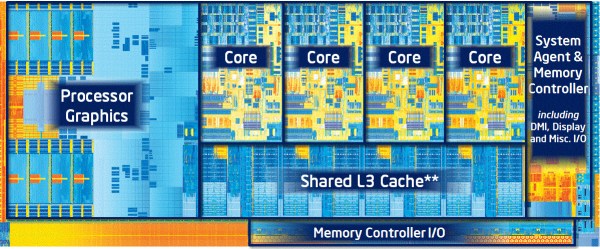Linux is a two-edged sword. On the one hand, there’s so much you can configure. On the other hand, there’s so much you can configure. It is sometimes hard to know just what you should do to get the best performance, especially on a small platform like the Raspberry Pi. [Hayden James] has a suggestion: enable ZRAM and tweak the kernel to match.
Although the post focuses on the Raspberry Pi 4, it applies to any Linux system that has limited memory including older Pi boards. The idea is to use a portion of main memory as a swap file. At first, that might seem like a waste since you could use that memory to, you know, actually run programs. However, the swap devices are compressed, so you get more swap space and transfers from these compressed swap devices and main memory are lightning-fast compared to a hard drive or solid state disk drive.














